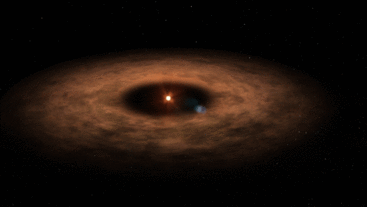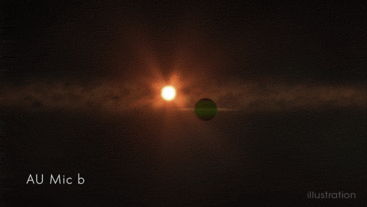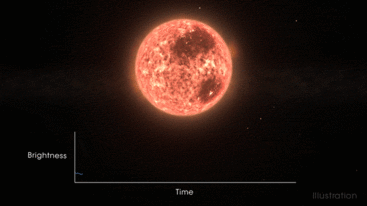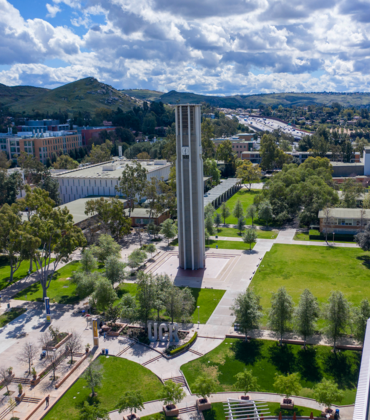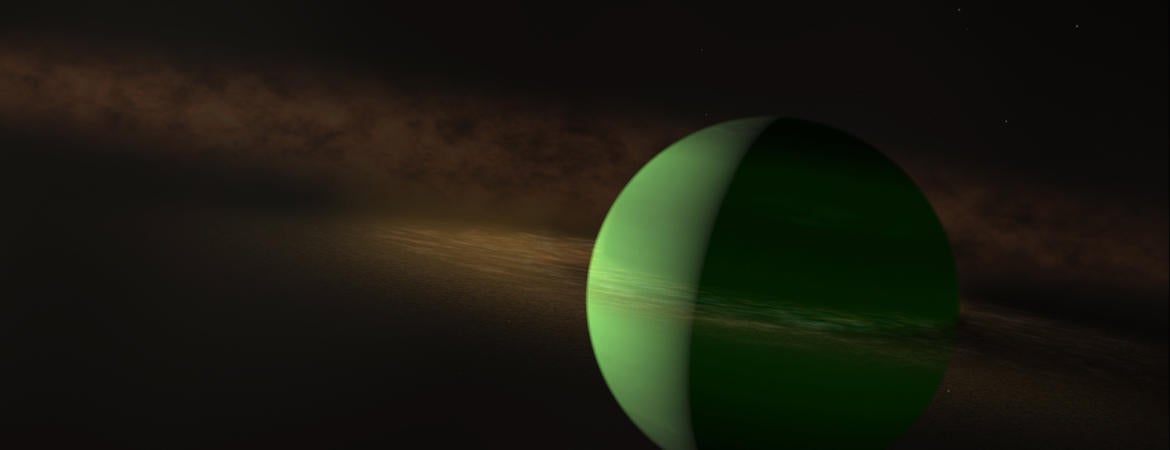
Understanding how planets form is one of the main challenges scientists face when placing our own and other planetary systems in context. Planets are thought to form from the disk-shaped clouds of gas and dust that surround newborn stars, but this process has never been observed. Astronomers normally only observe planets after they have already formed and have to deduce the pathways that led to their final states.
For more than a decade, astronomers have searched for planets orbiting AU Microscopii, a nearby star still surrounded by a disk of debris left over from its formation. Now scientists using data from NASA’s Transiting Exoplanet Survey Satellite, or TESS, and now-retired Spitzer Space Telescope report the discovery of a planet about as large as Neptune that circles the young star in just over a week.
The new planet, AU Mic b, is located 31.9 light-years away in the southern constellation Microscopium and described in a paper published in Nature. The system, known as AU Mic for short, provides a one-of-a-kind laboratory for studying how planets and their atmospheres form, evolve, and interact with their stars.
“AU Mic is a young, nearby M dwarf star. It’s surrounded by a vast debris disk in which moving clumps of dust have been tracked, and now, thanks to TESS and Spitzer, it has a planet with a direct size measurement,” said co-author Bryson Cale, a doctoral student at George Mason University in Fairfax, Virginia. “There is no other known system that checks all of these important boxes.”
“Finding a ‘missing link,’ such as the planet orbiting AU Mic, essentially caught in the act of forming, is extremely rare,” said co-author Stephen Kane, an associate professor in the Department of Earth and Planetary Sciences at the University of California, Riverside. “What makes this especially rare is that it also transits its star, so we can measure the radius as well as the mass, leading to an estimate of the bulk density of the planet and its likely composition.
“This discovery will form the foundation for many years of observational and theoretical studies into the very earliest stages for planet formation,” added Kane, who helped develop the instrument that measured the planet mass and was part of the TESS team that discovered the transit of the planet.
AU Mic is a cool red dwarf star with an age estimated at 20 million to 30 million years, making it a stellar infant compared to our sun, which is at least 150 times older. The planet AU Mic b almost hugs its star, completing an orbit every eight-and-a-half days. It weighs less than 58 times Earth’s mass, placing it in the category of Neptune-like worlds.
“We think AU Mic b formed far from the star and migrated inward to its current orbit, something that can happen as planets interact gravitationally with a gas disk or with other planets,” said co-author Thomas Barclay, an associate research scientist at the University of Maryland, Baltimore County, and an associate project scientist for TESS at NASA’s Goddard Space Flight Center in Greenbelt, Maryland.
When a planet crosses in front of its star from our perspective — an event called a transit — its passage causes a distinct dip in the star’s brightness. TESS monitors large swaths of the sky, called sectors, for 27 days at a time. During this long stare, the mission’s cameras regularly capture snapshots that allow scientists to track changes in stellar brightness.
Regular dips in a star’s brightness signal the possibility of a transiting planet. Usually, it takes at least two observed transits to recognize a planet’s presence.
“As luck would have it, the second of three TESS transits occurred when the spacecraft was near its closest point to Earth. At such times, TESS is not observing because it is busy downlinking all of the stored data,” said co-author Diana Dragomir, a research assistant professor at the University of New Mexico in Albuquerque. “To fill the gap, our team was granted observing time on Spitzer, which caught two additional transits in 2019 and enabled us to confirm the orbital period of AU Mic b.”
Because the amount of light blocked by a transit depends on the planet’s size and orbital distance, the TESS and Spitzer transits provide a direct measure of AU Mic b’s size. Analysis of these measurements shows the planet is about 8% larger than Neptune.
AU Mic b might not be the only planet orbiting its star.
“There is an additional candidate transit event seen in the TESS data, and TESS will hopefully revisit AU Mic later this year in its extended mission,” said lead author Peter Plavchan, an assistant professor of physics and astronomy at George Mason. “We are continuing to monitor the star with precise radial velocity measurements, so stay tuned.”
The paper, “A planet within the debris disk around the pre-main-sequence star AU Microscopii,” was published June 24.
